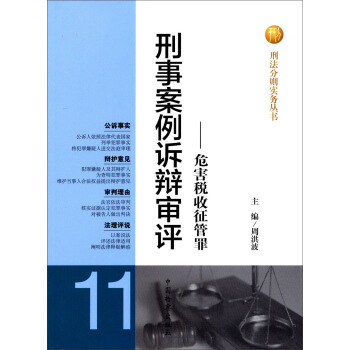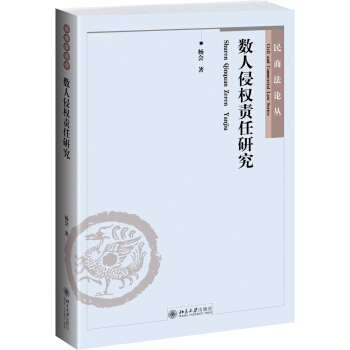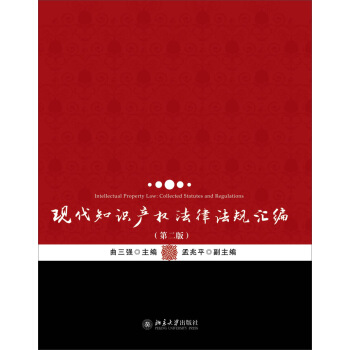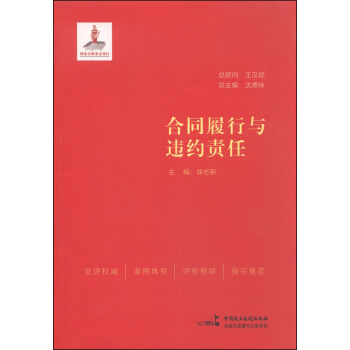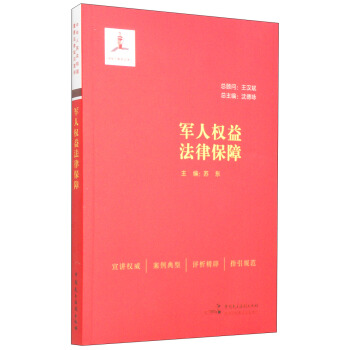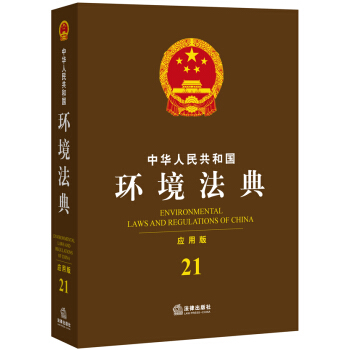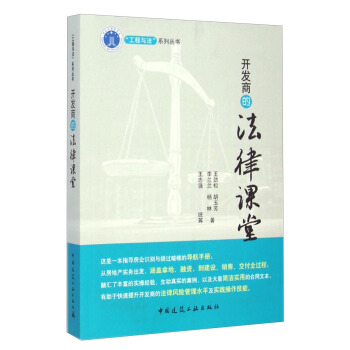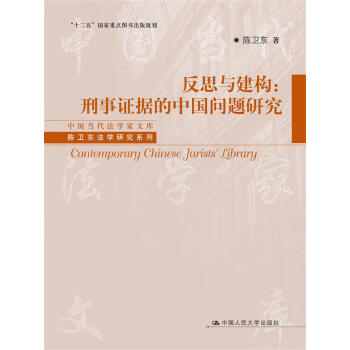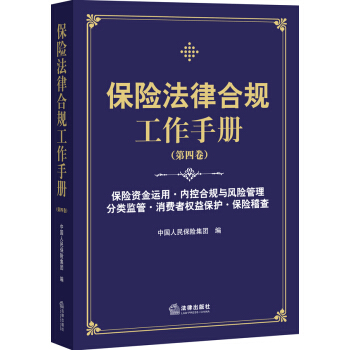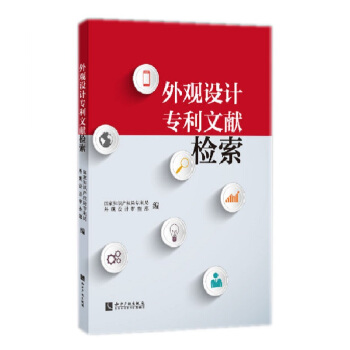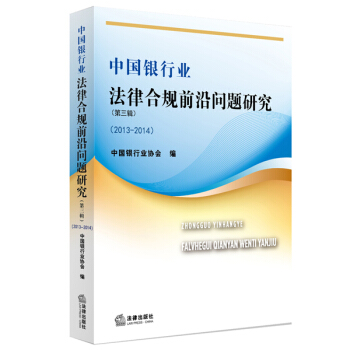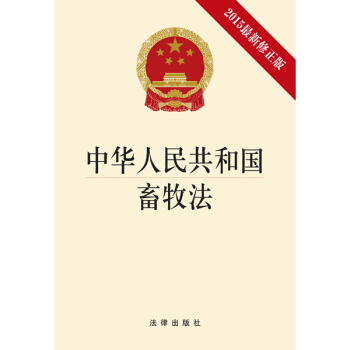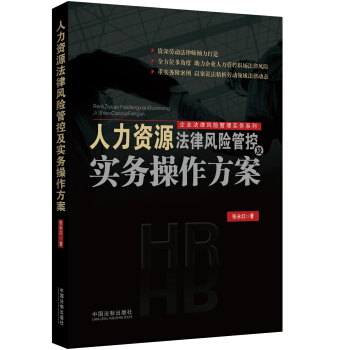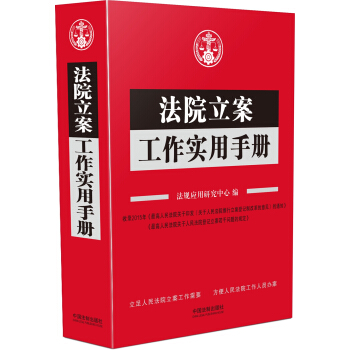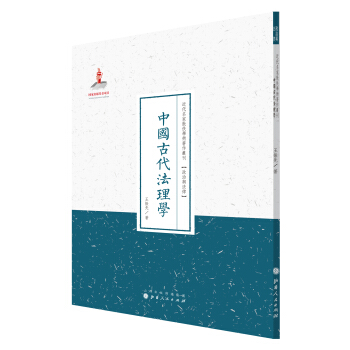![中国证券法:案例与规则(英文版)/高等院校双语示范教材·法学系列 [Chinese Securities Law: Cases and Rules]](https://pic.tinynews.org/11410911/rBEhVVMed-gIAAAAAAKrDFTNk80AAJ8EQO2-y4AAqsk909.jpg)

具体描述
内容简介
This book is drafted in a style of common law textbook, just like those using in the law schools of U.S.A., but with typical Chinese securities cases and laws. It covers the general introduction of Chinese securities laws on securities issuance, transactions, institutions, regulatory and legal liabilities for illegal practices. In each section, after the introductions of specific rules and rationale, a case is followed with summary of facts, ruling of the courts. Sothe readers may have an oversight to Chinese securities laws and the students can learn therelevant laws through cases method.I want to send this book to my wife Xu Xiaoxia as a gift to celebrate our loving time of20 years. And thank the intemational students studying the Master Program in Chinese Law of Beijing Normal University. Sincerely appreciate helps from the editors of University of International Business and Economics Press.
作者简介
袁达松,北京师范大学法学院教授,中山大学法学学士(1994)、经济法学硕士(1999)、经济法与政府经济管理博士(2003),中国人民大学经济法学博士后出站(2007),清华大学法学院与美国天普大学法学院LL.M.(2008),2001年曾于北京大学法学院访问学习经济法学。著作有《金融危机管理法论》、《证券市场风险管理法论》、《金融法(双语版)》和《法学原理与案例讲堂——经济法》等。内页插图
目录
Chapter One General Introduction of Chinese Securities LawCase: Hu Zhenzhu v. Shanghai Stock Exchange
Chapter Two Issuance of Securities
Section 1 Issuance of Stock, Bond or Other Securities
Case: Chen Mingang v. Shanghai Perfection Nanometre New Material Co., Ltd
Section 2 Underwriting of Securities
Case: Guosen Securities Co., Ltd. v. Xiyi Co., Ltd. and Xiyi Group Co. Ltd
Chapter Three Transactions in Securities
Section 1 Listing of Securities
Case: HKEx Listing Decision on VIE Structure
Section 2 Acquisitions of Listed Companies
Case: Case Re Hostile Takeover of Ewushang
Section 3 Disclosure oflnformation
Case: Tu Miaolong v. SinoPlatinum Metals Co., Ltd
Chapter Four Securities Institutions
Section 1 Stock Exchange
Case: Chen Yutian v. Haitong Securities Co., Ltd., et al
Section 2 Securities Companies
Case: Chen Shanghai Kangding Road Securities Sales Department,Hongyuan Securities Co., Ltd
Section 3 Securities Registration and Clearing Institutions
Case: China Machinery & Electronic Products of Exports Investment Co., Ltd Minfa Securities Co., Ltd. & China Securities Depository and Clearing Corporation Limited
Section 4 Securities Trading Service Institutions
Case: Xiao Xianbai v. Hisense Kelon Electrical Holdings Co., Ltd. and Deloitte Touche Tohmatsu CPA Ltd
Chapter Five Securities Regulation
Section 1 China Securities Regulatory Commission
Case: Ding Liye v. China Securities Regulatory Commission
Section 2 SelfRegulatory Bodies
Case: Zhang Yiyong v. Shanghai Securities Central Registration and Clearing Corporation & Shanghai Stock Exchange
Chapter Six Legal Liabilities for Illegal Practices
Section 1 Insider Trading
Case: Chen Zuling v. Pan Haishen
Section 2 Market Manipulation
Case: Xie Xuefen v. Cheng Wenshui & Liu Yanze
Section 3 False Statement
Case: Fan Meij uan v. Huawen Media Investment Corporation
References
精彩书摘
The stock exchange has an important influence on and exercises continuous regulation over the listing of securities. It may refuse the application for, and suspend or terminate the listing of securities. For instance, in any of the following circumstances, the relevant stock exchange may suspend the listing of the relevant stock: (l) where the market capitalization or share ownership structure of the company changes, thus causing the company to breach listing requirements; (2) where the company fails to make a public disclosure on its financial status in accordance with the relevant provisions, or includes any false information in its financial statements that may mislead investors; (3) where the company is responsible for any major legal irregularity; (4) where the company has been operating at a loss for the last 3 consecutive years; or (5) under any other circumstances prescribed in the listing rules of the stock exchange. In any of the following circumstances, the relevant stock exchange may terminate the listing of the relevant stock: (1) where the market capitalization or share ownership structure of the company changes, thus causing the company to breach listing requirements, and the company subsequently fails to meet listing requirements within the period of time prescribed by the stock exchange; (2) where the company fails to make a public disclosure on its financial status in accordance with the relevant provisions, or includes any false information in its financial statements, and refuses to take any remedial steps; (3) where the company has been operating at a loss for the last 3 consecutive years and fails to make a profit in the following year; (4) where the company is dissolved or declared bankrupt; or (5) under any other circumstances prescribed in the listing rules of the stock exchange.Of course, the relevant affected company has a right to appeal the exchanges' decisions. The Chinese Securities /aw expressly provides that any company dissatisfied with the decision of a stock exchange to decline, suspend or terminate its listing may file an application for review with the review body established by the relevant stock exchange and the stock exchanges in China has enacted specific rules and procedures for such internal appealing. However, it remains unclear in legislation and there is still much debate as to whether the relevant affected company may appeal the exchanges' decisions to a court for judicial review. In practice, there hasn't been any such case in court for trial.
……
前言/序言
用户评价
一直以来,我对中国经济的腾飞和金融市场的蓬勃发展都充满了好奇。特别是作为法学领域的学生,深入了解中国证券市场的法律框架,对于理解其运作机制和潜在风险至关重要。这本书的出现,恰好满足了我这种需求。书名中的“案例与规则”让我看到了理论与实践相结合的可能性,这远比单纯罗列法律条文的教材来得生动和实用。我非常期待通过阅读这本书,能够对中国证券法的体系有更为直观和深刻的认识。我特别关注的是,这本书是否能以一种易于理解的方式,将复杂的法律概念和现实中的案例巧妙地联系起来,从而帮助我建立起一个清晰的知识图谱。同时,“双语示范教材”的定位也预示着它不仅能满足国内学习者的需求,更能为有志于从事国际金融法律工作的学生提供一个坚实的语言和知识基础,这对于我未来的职业规划有着重要的参考价值。我希望这本书能够成为我学习中国证券法的“敲门砖”,让我能够更自信地迈入这个充满挑战和机遇的领域。
评分我是一位对中国法治建设进程感到自豪的公民,并且一直密切关注着中国金融法律体系的不断完善。当我在书店偶然看到这本《中国证券法:案例与规则》(英文版)时,我感受到了它所传递出的严谨与前瞻。我深信,一本优秀的法学教材,不仅要传达知识,更要激发思考,并且能够引导读者关注法律的实践意义。我非常好奇,这本书是如何将“案例”与“规则”有机地结合在一起,以一种启发性的方式来展现中国证券法的精髓。我特别期待书中能够深入探讨一些引发广泛关注的证券市场案件,并从中提炼出宝贵的法律启示。同时,“双语示范教材”的定位,也让我看到了它在促进中外法学交流方面的潜在价值。我希望这本书能够让我对中国证券法的立法精神和执法实践有更深刻的理解,从而更加坚定我对中国法治未来的信心。
评分我是一名在海外学习法律的学生,对中国法律体系,尤其是与国际接轨程度较高的领域,一直抱有浓厚兴趣。当我在寻找能够帮助我理解中国证券法相关内容的资源时,一本名为《中国证券法:案例与规则》(英文版)的书进入了我的视野。这本书的“双语”特色让我眼前一亮,这极大地减轻了我跨语言学习的障碍,让我能够更直接地接触到中国的法律文本和分析。我非常期待书中能够深入剖析中国证券法的核心原则和关键条文,并通过精心挑选的案例来展示这些规则在实践中的应用。我尤其关注书中对于公司治理、信息披露、内幕交易、市场操纵等重要议题的处理。我希望这本书能够为我提供一个清晰、全面的框架,让我能够理解中国证券法的独特性,以及它在构建公平、透明、高效的资本市场中所扮演的角色。
评分作为一名长期关注中国金融市场发展的投资者,我始终认为,清晰、健全的法律法规是市场稳定和投资者信心之基。当我看到这本《中国证券法:案例与规则》时,我立刻被它所吸引。我的直觉告诉我,这不仅仅是一本学术著作,更是一本能够为实际操作提供指导的工具书。我非常好奇,书中选取了哪些具有代表性的案例,这些案例又是如何折射出中国证券法的演变和发展?我尤其关注书中对于投资者权益保护的论述,以及如何通过法律手段来规避和解决市场风险。此外,“双语示范教材”的特点让我联想到,这本书或许能为国内投资者提供一个更广阔的视角,去理解和借鉴国际上成熟证券市场的法律经验,反之亦然。我希望这本书能够以一种深入浅出的方式,为我解答那些在实际投资过程中遇到的法律疑问,帮助我做出更明智的投资决策,并在这个复杂多变的市场中保持审慎和合规。
评分作为一名刚入职的法律助理,我深知扎实的法律基础对于未来职业发展的重要性。尤其是在当前中国经济快速发展和金融市场日益全球化的背景下,对中国证券法的深入理解,已成为我必须掌握的核心技能。这本书《中国证券法:案例与规则》(英文版)的出现,对我来说意义非凡。我期待它能为我提供一套系统的、实用的学习方法。书中的“案例”部分,让我看到了理论知识与实际操作之间的桥梁,我渴望通过学习这些真实的法律事件,来理解法律条文的实际效力,以及它们是如何在司法实践中被解读和运用的。同时,“规则”部分则能帮助我构建起完整的法律框架。我希望能这本书能够帮助我清晰地梳理中国证券法的基本制度,理解各个环节的法律要求,从而在未来的工作中能够更加得心应手,为客户提供更专业的法律服务。
相关图书
本站所有内容均为互联网搜索引擎提供的公开搜索信息,本站不存储任何数据与内容,任何内容与数据均与本站无关,如有需要请联系相关搜索引擎包括但不限于百度,google,bing,sogou 等
© 2025 book.idnshop.cc All Rights Reserved. 静思书屋 版权所有



